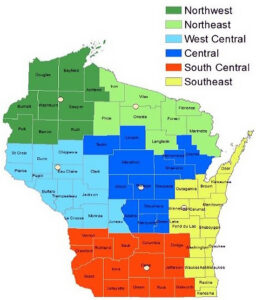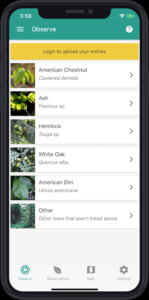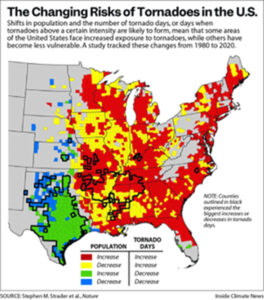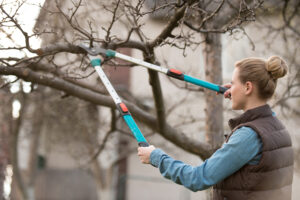
Winter is an ideal time to perform pruning and trimming work on oak leaves. / Photo Credit: Wisconsin DNR
By Art Kabelowsky, DNR Outreach and Communications, Fitchburg
Arthur.Kabelowsky@wisconsin.gov or 608-335-0167
Winter is an ideal time to perform trimming, cutting and brush removal work on and near oak trees.
For one thing, it’s a low-risk period for the trees to be infected with oak wilt, a fungal disease spread by beetles. When a red oak is infected with oak wilt, it will die that year; the disease also stresses trees in the white oak group, often fatal with bur oaks and swamp white oaks.

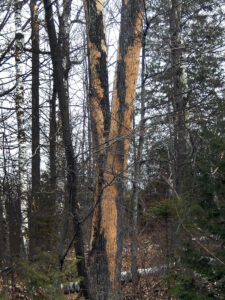

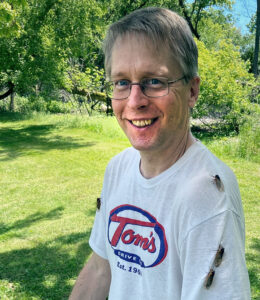
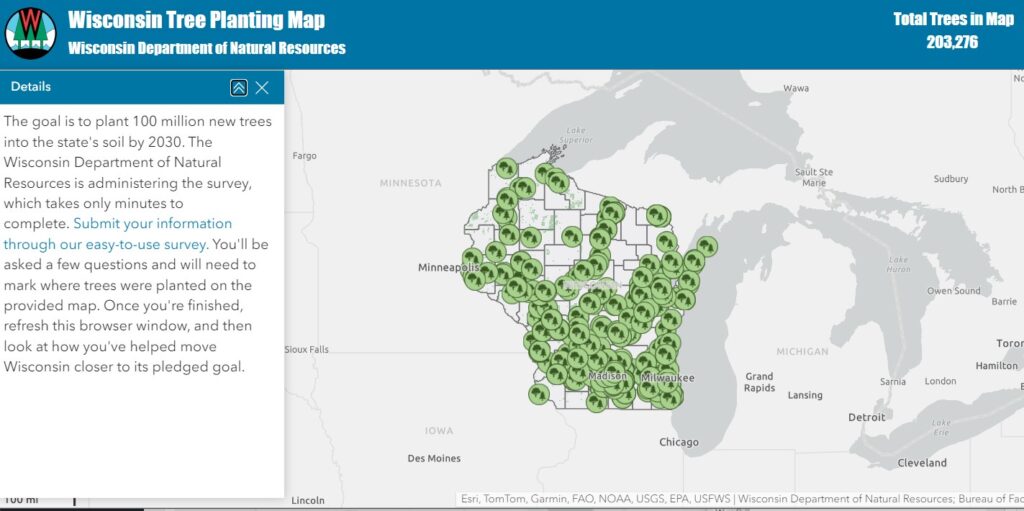
 Tree City USA is an annual recognition program presented by the Arbor Day Foundation that allows communities to publicly demonstrate their continued commitment to the care of their local urban forest. Returning Tree City USA communities are also eligible to apply for Growth Awards. These awards recognize community forestry programs that go above and beyond the four core tenets of Tree City USA.
Tree City USA is an annual recognition program presented by the Arbor Day Foundation that allows communities to publicly demonstrate their continued commitment to the care of their local urban forest. Returning Tree City USA communities are also eligible to apply for Growth Awards. These awards recognize community forestry programs that go above and beyond the four core tenets of Tree City USA.